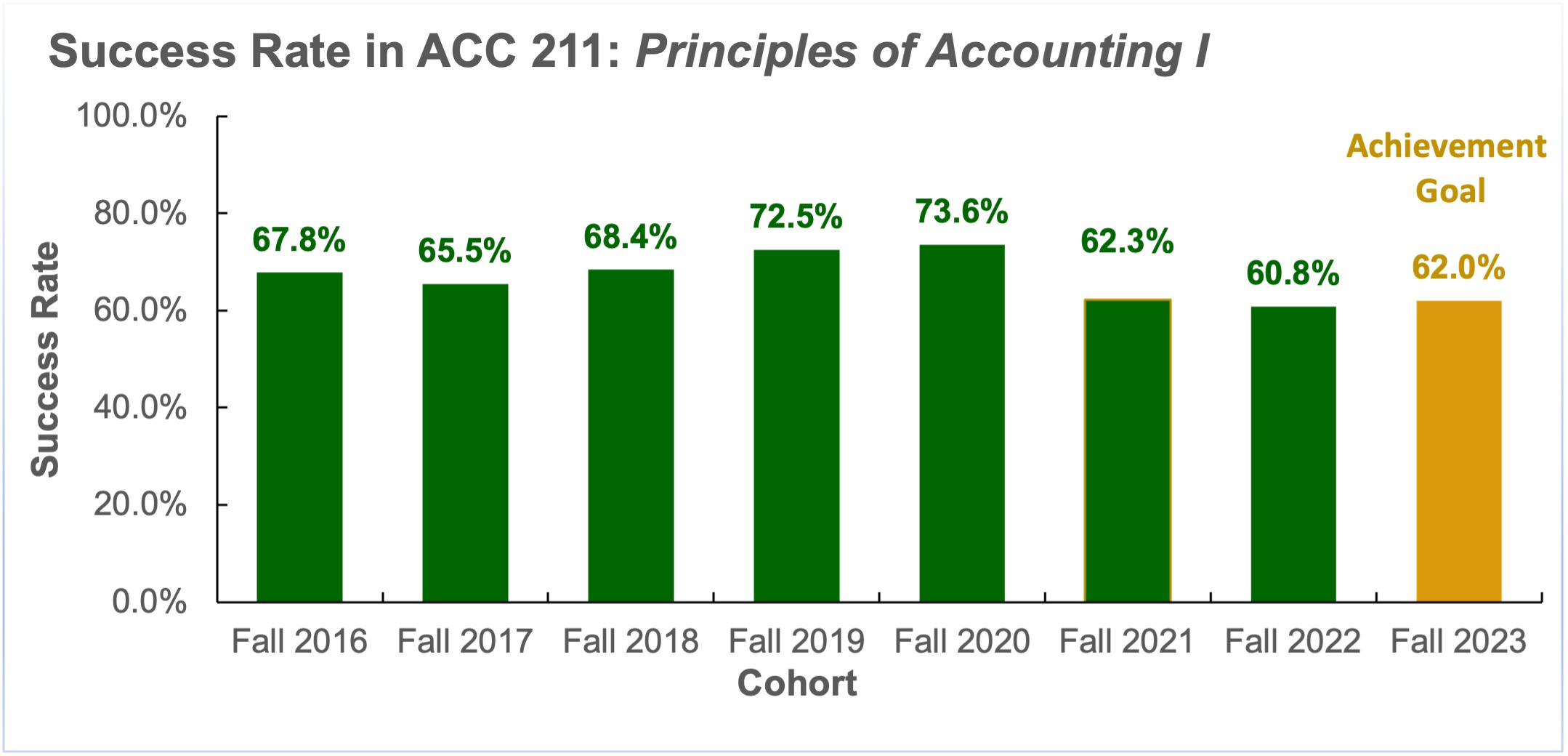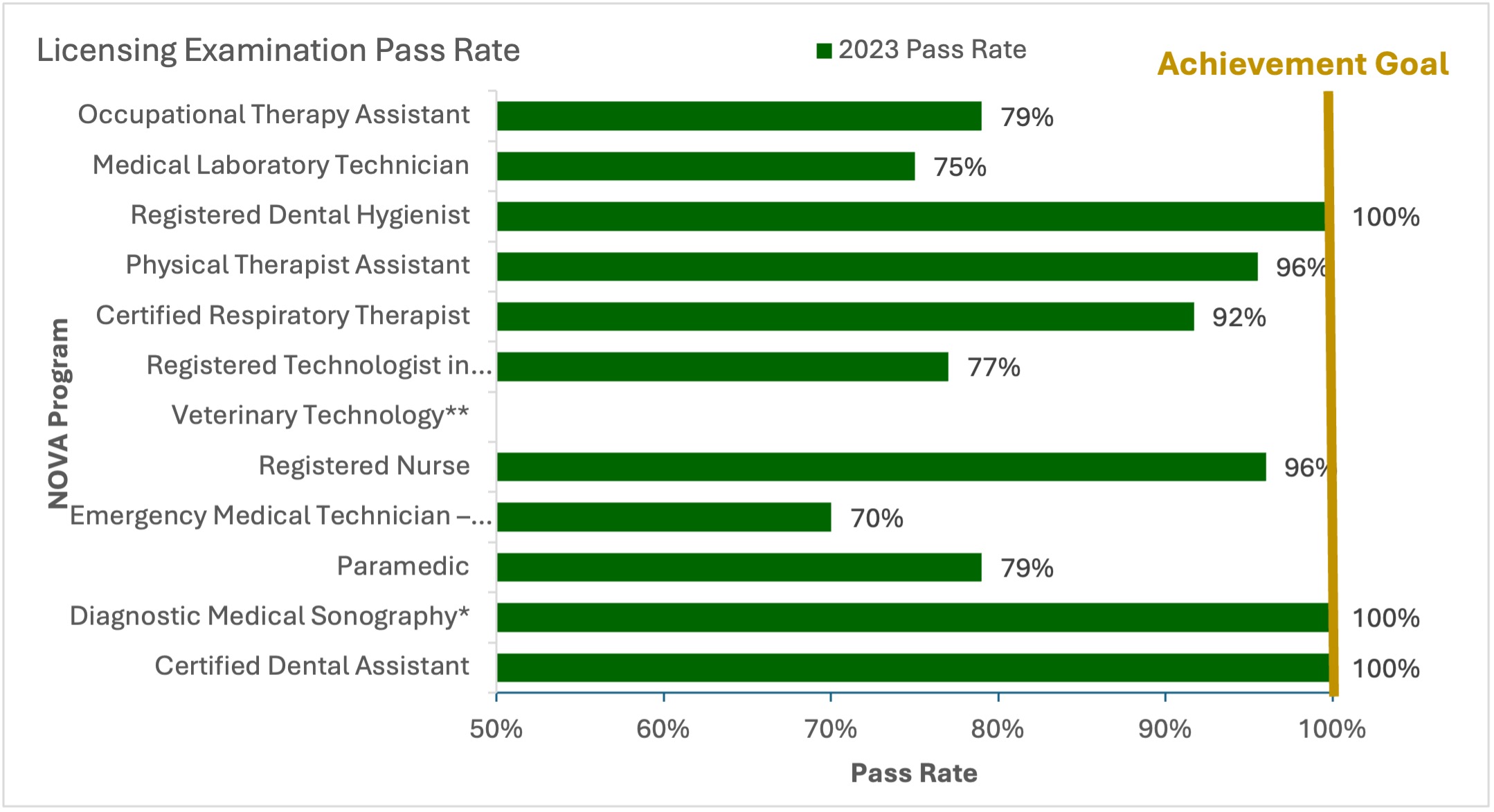Our Mission
With commitment to the principles of access, opportunity, student success, and excellence, the mission of Northern Virginia Community College is to deliver world-class, in-person and online postsecondary teaching, learning, and workforce development to ensure our region and the Commonwealth of Virginia have an educated population and a globally competitive workforce.
Public Disclosure of Student Achievement
The Southern Association of Colleges and Schools Commission on Colleges (SACSCOC) Principles of Accreditation, Standard 8.1 (Student Achievement) requires institutions to identify, evaluate, and publish goals and outcomes for student achievement appropriate to the institution's mission, the nature of the students it serves, and the kinds of programs offered. It also indicates that the institution should use multiple measures to document student success. Requirements for publication are further specified in the SACSCOC Policy on Institutional Obligations for Public Disclosure.
Measures of Student Achievement Criteria at NOVA
NOVA’s eight primary student achievement criteria are College Readiness, Enrollment, Course Success, Retention, Graduation, Transfer, Employment, and Licensing Exams. These student achievement criteria are directly related to NOVA’s mission and commitment to the values of student access and success.
The figures below highlight NOVA’s performance on each of the eight student achievement criteria. The figures also include an achievement goal for each criterion, set as part of NOVA’s strategic planning process. The achievement goal serves as a target performance level. NOVA is committed to continuous improvement on each of its eight student achievement criteria.





 *Achievement goal. Source: Office of Strategic Insights, Northern Virginia Community College.
*Achievement goal. Source: Office of Strategic Insights, Northern Virginia Community College. 











